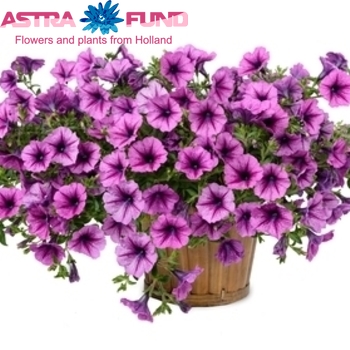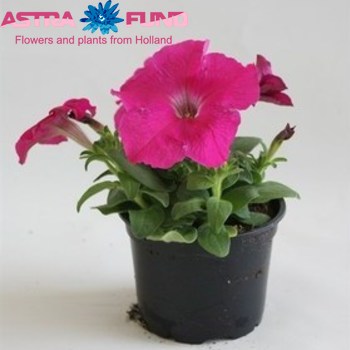Subscribe to our newsletter
Petunia

Petunias are one of the most popular garden bedding flowers. They have wide trumpet shaped flowers and branching foliage that is hairy and somewhat sticky. Petunias are prolific bloomers, although some forms require deadheading to keep them going. However most varieties will bloom throughout the summer, except in extreme heat. You can now find petunias in just about every color but true blue and with growing habits that mound in borders or trail down containers. Petunias are annual flowering plants, native to Argentina. Within the petunia family there is great variety: single and double blooms, ruffled or smooth petals, striped, veined or solid colors, mounding and cascading habits and even some fragrance. Most of the petunias sold today are hybrids, developed for specific design purposes. The 2 oldest types of petunias are grandifloras and multifloras. Both are somewhat mounding. Grandiflora has larger flowers, but Multiflora holds up better in the rain. If you grew petunias a few decades ago, you will remember how the flowers turned to mush, when they got wet. Spreading type petunias, which include The ‘Wave’, ‘Supertunia’, ‘Cascadia’ and ‘Surfinia’ series are some of the most popular petunias because most don’t need deadheading and they can be used as garden plants, ground covers or trailing in containers. ‘Calibrachoa’ or ‘Million Bells’ look like tiny petunias, but they are actually an entirely different species. Trying to categorize petunias by looking at them is difficult, but it’s hard to go wrong with any of the varieties currently being sold. Hopefully your petunias will be labeled. Look for the traits you most value, things like flower size, flower abundance, or no deadheading required. You should be able to find a suitable petunia in what ever color you choose. Here are examples of each of the types listed above.












